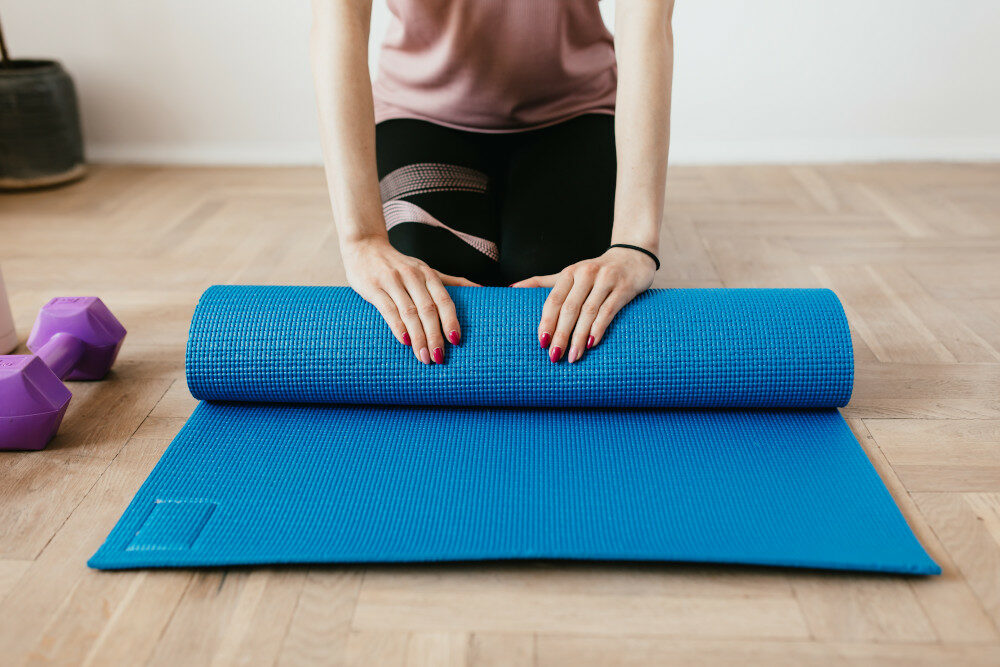Get Active, Feel Good, Live Healthy
September 14, 2020 by Thomas Finn, DO

Did you know physical activity is one of the best things you can do for your health? In addition to increasing strength, mobility, and cardiovascular fitness, an active lifestyle boosts your energy and endurance, increases your chances of living longer, reduces depression and anxiety, boosts cognition, and improves sleep.
Women may be concerned about their joints especially as they age. Maintaining muscle strength helps protect our joints. Muscles help absorb the impact and stress that would otherwise be placed on the joints they surround. Exercise, including resistance training, jogging and walking, also increases bone health.
Try these tips to be active and kind to your body.
- When starting something new avoid too much too soon. It takes time for your body to adapt and your cardiovascular system will adapt more quickly than your joints. Allow your body time to rest and recover.
- Use proper body mechanics and technique especially with sports that involve repetitive motions like throwing or swinging a racket or club.
- Cross training – doing more than one type of activity or exercise – helps work different muscle groups to correct imbalances while allowing others to recover. A runner might add a weekly strength training or Pilates workout to their routine.
- Minimize stress on the joints by achieving or maintaining a healthy body weight.
- Exercise can decrease joint pain and increase mobility in people with arthritis. If you have arthritis or other joint issues, avoid jarring movements and don’t ignore pain. Consider low impact activities like cycling, Rollerblading, swimming, or walking.
So how do you increase your activity or begin a new workout? Here are some ways to ease into exercise:
- Keep it simple and set realistic, attainable goals. This will make it easier to stick with it.
- Think about what you have enjoyed in the past or try something new.
- Gradually increase your length of time and intensity of exercise. Don’t do too much too soon, a good rule is to not increase by more than 10% a week.
- Make it fun! Find an activity you actually enjoy or people you can enjoy it with. Try finding a “running/walking buddy,” family member, team, club, or community of people who can lend a social aspect to exercise while providing encouragement and accountability. Your club can even be virtual through texts and phone apps!
- If it has been a very long time since you’ve exercised or you have a history of a joint replacement or chronic medical condition, check with your medical provider before starting a new exercise program.
- If you feel light headed, unusually short of breath, or experience chest pain or pressure, do not delay medical evaluation.
Got pain?
If you are experiencing pain, listen to your body. General muscle soreness and mild stiffness that improves after the first 10 minutes is fine. Slight joint discomfort after exercises or that shows up the next day but resolves in 24 hours is also typically OK. Joint swelling or muscle soreness lasting more than 72 hours means you are doing too much. Back off, increase rest, and if it doesn’t get better you should see a medical professional. Also seek help if the pain is getting worse as the exercise continues, keeps you up at night, or causes you to change your body mechanics like your technique or stride.
Thomas Finn, DO, leads the Sports Medicine Department at Mankato Clinic. Learn more about our Sports Medicine Department.